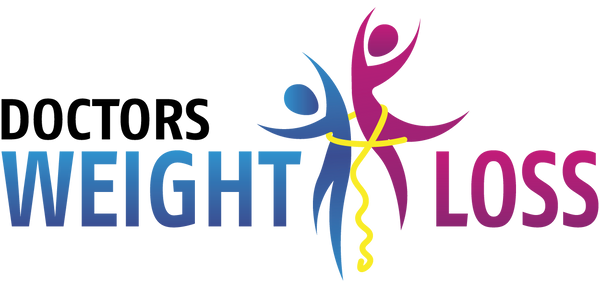There are so many "do's" and don'ts" when it comes to proper nutrition for weight loss and wellness. Today, I'm giving you my top five must-do nutrition tactics so you can get the results you're looking for. Stay tuned for my next blog post where I will my top five "do nots" as well!
Do concentrate on quality as opposed to quantity.
It is imperative to keep portions and caloric intake in proper ranges, however, a factor that is just as important (if not more) is making sure those calories are nutrient-dense. Eating 1800 calories of pizza, ice cream, and soda per day is extremely different than eating 1800 calories of green veggies, eggs, fish, low sugar fruits, and nuts per day. Choosing foods low in nutrients is very dangerous and may lead to vitamin, mineral, and nutrient deficiency which is linked to a host of health problems such as fatigue, osteoporosis, and even cancer. Moreover, when one eats a regular diet of empty calories and junk food, the body will have constant cravings as it’s searching for the nutrients it needs. If you’re one who prefers to track your calories and macros to ensure accuracy, that is perfectly fine, however, you are not beholden to it if you stick to high-quality calories and consciously listen to your body when feeling satiated.
Do focus on nutrient-dense foods.
Eating a diet of whole foods which provide the most substantial nutrient intake will help to keep you satiated and satisfied. As mentioned previously, eating empty-calorie foods that are void of vitamins and minerals will leave your body searching for what it needs, and this can lead to cravings. Choosing foods with the most bio-available nutrients will not only assist with weight loss, but also with overall wellness. If you are one who doesn't enjoy green vegetables or other vitamin-packed produce, please see our easy-to-take multivitamin here!
Do eat a considerable amount of fats, but make sure they are healthy fats.
Most people do not consume enough Omega-3 fatty acids because only certain foods contain them. Omega-3 fats are not produced by our bodies so we need to get them from our diet; they assist with brain function, heart health, and reducing inflammation. Good fats also help our blood sugar levels to remain even and they can help us feel full for longer. Some examples of foods that have good fats are flaxseed, oysters, egg yolks, salmon, walnuts, mackerel, and avocado.
Do eat some carbohydrates but choose low-glycemic options.
Forget the bread and pasta as they are high glycemic which means they will turn into a lot of sugar and sugar turns to fat if not burned. Some of the most superior, nutrient-dense foods such as green vegetables and low-sugar fruits provide a variety of essential micro-nutrients, and your overall wellness is positively affected by a higher intake of those foods. If you’re not aware of it, the Glycemic Index is a measurement tool used to gauge how carbohydrate-containing foods affect blood sugar levels. Low-glycemic carbohydrate choices such as green vegetables, berries, Greek yogurt, and some nuts help to maintain even blood sugar levels and satiety by breaking down into glucose at a much slower rate. In addition, these low-glycemic carbohydrates are minimally processed and contain a variety of naturally occurring, bioavailable vitamins and fiber.
Do eat adequate amounts of quality proteins.
Just like with fats, we need to be particular when choosing our proteins as some are much more high quality (and therefore, healthier) than others. If possible, organic, grass-fed and wild varieties of poultry and eggs, red meats, and seafood are always your best option to help to limit environmental toxins; also, these choices often have a superior composition of fats, with even more Omega-3s. If organic, grass-fed, and wild assortments are not available, aim for non- and limited-processed whole cuts of poultry, meat, and fish such as chicken breast or legs, turkey breast, steak, fish, and regular eggs. These are far better selections than items such as hot dogs, deli meats, other packaged/processed selections with breading and other additives, and of course, fast food. For those that are Vegan or vegetarian, Tempeh, Natto, Seitan, organic/non-GMO soy are almost keto-approved, and moderate consumption of peas, beans, and lentils is okay in moderation, as long as you’re sticking to your twenty-five percent carbohydrate guideline.
With today's busy lifestyles of work and family, it can be realistic to not have the time to prepare foods that meet the above-mentioned recommendations. If you are looking for quick and easy customizable meal plans that are high protein and low-carbohydrate, please click here! Not to mention, our serving sizes are pre-portioned for you so there is no guesswork of proper calories and servings sizes.






